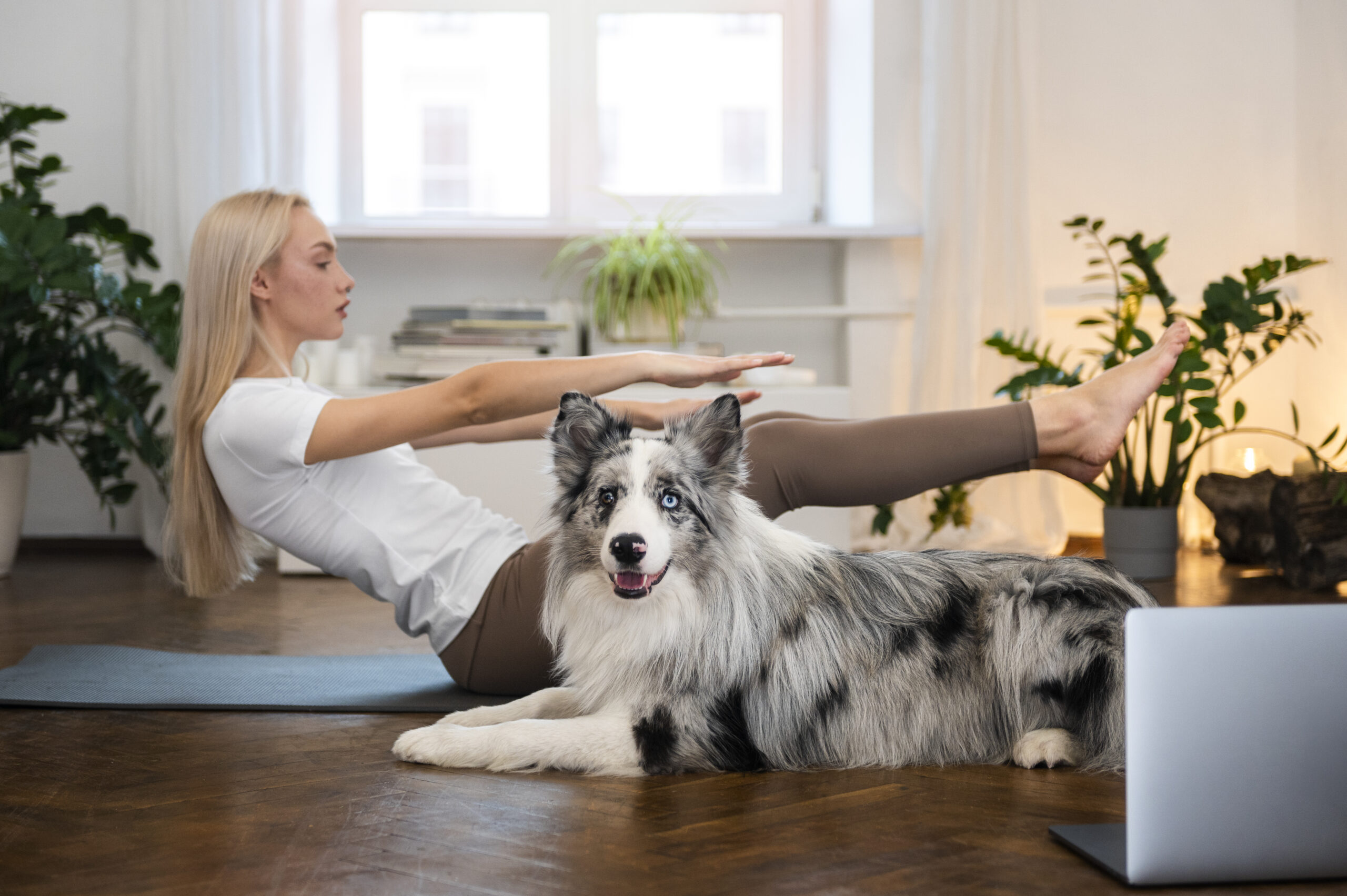In an age where home offices, streaming platforms, and food delivery services dominate daily life, staying physically active at home has become more important than ever. Many people believe fitness requires a gym membership, fancy equipment, or hours of free time, but science suggests otherwise. In fact, simple daily movement can significantly boost your health, especially if you’re managing a busy routine from home.
This article shares 10 science-backed, practical ways to stay fit at home, without relying on equipment or complex routines.
Why Fitness at Home Matters
A sedentary lifestyle—characterized by excessive sitting and minimal physical activity—is now recognized as a major public health risk. The term “sitting disease” is increasingly used to describe the physical and mental health consequences of prolonged inactivity. Research from the World Health Organization states that physical inactivity is responsible for over 3 million deaths globally each year.
The good news? Staying fit doesn’t require large time commitments or expensive equipment. Studies show that short bursts of movement throughout the day are just as beneficial—if not more—than a single long workout session.
1. Start with a 5-Minute Morning Stretch
Waking up your body with gentle stretching can increase flexibility, reduce joint stiffness, and prepare your muscles for the day. According to the American Council on Exercise, dynamic stretching in the morning improves circulation and mental clarity.
Try:
- Neck rolls
- Arm circles
- Leg swings
- Side bends
- Cat-cow pose
A consistent 5-minute stretch routine can have long-term benefits on posture, muscle recovery, and injury prevention.
2. Turn Daily Tasks into Movement Opportunities
Household chores can double as calorie-burning activities. Cleaning, cooking, and gardening not only keep your home organized but also contribute to your physical health.
Examples:
- Mopping and vacuuming engage your core and arms
- Cooking while standing burns more calories than sitting
- Carrying laundry or groceries works your legs and back
Use every small task as a chance to move more and sit less.
3. Use the 25:5 Rule (Move Every 25 Minutes)
Research shows that sitting continuously for more than 30 minutes can slow down your metabolism and increase insulin resistance. To combat this, apply the 25:5 rule—sit for 25 minutes, then take a 5-minute movement break.
Try:
- Walking around the house
- Doing 10 squats or jumping jacks
- Stretching your neck and shoulders
- Light housework
This pattern improves circulation and keeps energy levels stable throughout the day.
4. Bodyweight Exercises That Work
Bodyweight training uses your own weight as resistance, making it perfect for home workouts. It improves strength, balance, and endurance without requiring equipment.
Beginner-friendly moves include:
- Squats
- Push-ups (or wall push-ups)
- Lunges
- Glute bridges
- Planks
A 15–20 minute circuit of these exercises, done 3–4 times a week, can dramatically improve your fitness level.
5. Take Short Active Breaks During Screen Time
If you spend long hours on your laptop or watching TV, it’s important to integrate movement without interrupting your workflow too much.
Tips:
- Do calf raises during video calls
- Stretch during YouTube ads
- March in place while watching a show
- Sit on the floor instead of a chair for better posture and flexibility
These small habits can break the cycle of inactivity and add up over time.
6. Use Household Items as Workout Tools
You don’t need dumbbells or resistance bands to get stronger. Common household objects can be used to add variety to your workouts.
Ideas:
- Water bottles as light weights
- Towels for resistance and core workouts
- A sturdy chair for step-ups or tricep dips
- A backpack filled with books for squats or deadlifts
Creativity and consistency matter more than expensive equipment.
7. Dance Like No One’s Watching
Dancing isn’t just fun—it’s also a full-body cardio workout. A 30-minute dance session can burn between 150–250 calories depending on intensity. It also boosts mood and improves coordination.
Create a playlist of your favorite upbeat songs and make it a daily habit. Even 10 minutes of dancing per day can have noticeable benefits on heart health and stress reduction.
8. Make Walking a Habit (Even Indoors)
Walking is one of the most underrated exercises. If you can’t step outside due to weather or schedule, indoor walking still works.
Tips:
- Walk while on calls
- Set step goals using a fitness tracker
- Do laps around your living room or hallway
- March in place during breaks
Aim for at least 7,000–10,000 steps per day, and break them into small, manageable chunks.
9. Follow Short Home Workout Videos
Thanks to the internet, you have access to thousands of guided home workouts for free. Whether it’s yoga, pilates, HIIT, or low-impact cardio, there’s something for everyone.
Benefits of short workouts:
- Time-efficient (10–30 minutes)
- No commute
- Structured and safe
- Keeps you motivated with variety
Look for certified instructors and programs tailored to your fitness level to stay safe and make progress.
10. Track Progress with a Fitness Journal or App
Tracking your movement builds awareness and keeps you accountable. You don’t need complex devices—a simple notebook or free app is enough.
Track:
- Steps per day
- Water intake
- Mood changes
- Daily workout type and duration
- Flexibility or strength improvements
This habit helps you recognize progress, stay motivated, and identify patterns in energy and mood.
Consistency Beats Intensity
You don’t have to exercise for an hour every day to stay fit at home. The key is to move often, stay consistent, and focus on sustainable habits. Fitness is not about perfection—it’s about progress and making movement a natural part of your lifestyle.
By applying these 10 science-backed strategies, you’ll build strength, boost mental clarity, and protect yourself from the dangers of a sedentary lifestyle—right from the comfort of your home.

